Col Kenneth O. 'KO' Chilstrom 1921-2022

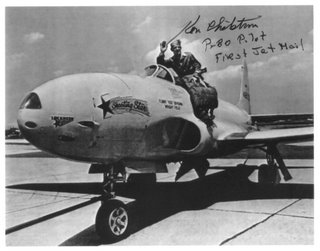
-->

These photographs are of Test Pilots,Engineers,and various research and production aircraft flown on test flights mostly from the late 1940's through to the present day. Most of these have been kindly signed by those depicted





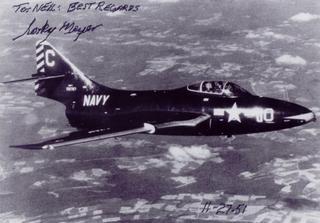

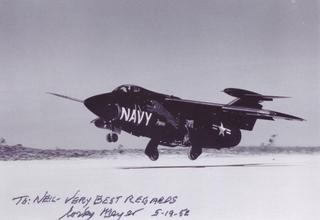


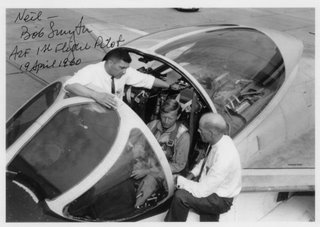 Bon Smyth in the cockpit of the A2F with Bruce Tuttle Program Manager and Larry Mead VP Grumman,taken at the Navy Acceptance Ceremony 29th April 1960
Bon Smyth in the cockpit of the A2F with Bruce Tuttle Program Manager and Larry Mead VP Grumman,taken at the Navy Acceptance Ceremony 29th April 1960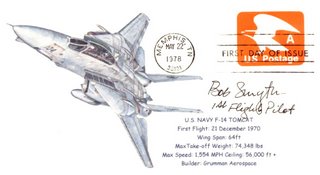

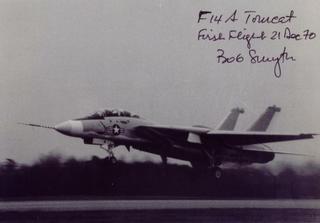
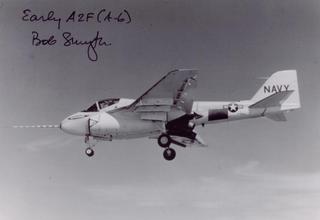





 Bob Champine was a naval aviator during World War II and joined NACA at Langley Memorial Aeronautical Laboratory in 1947 (now Langley Research Center, Hampton, Va.). He transferred the next year to NACA's High Speed Flight Research Station at Muroc.
Bob Champine was a naval aviator during World War II and joined NACA at Langley Memorial Aeronautical Laboratory in 1947 (now Langley Research Center, Hampton, Va.). He transferred the next year to NACA's High Speed Flight Research Station at Muroc.Champine researched more than 155 different aircraft, rocket-powered air vehicles, helicopters, vertical takeoff and landing (VTOL) systems and gliders.
The NACA legend was the sixth man (third civilian) to break the sound barrier in the Bell XS-1. He piloted NACA flight research in the Douglas D-558-I No. 3 Skystreak and the Douglas D-558-II No. 2 Skyrocket at Muroc. During the next two years he was flying all three of the hottest aircraft in the nation, making 13 flights in the X-1, eight flights in the D-558-I and 12 flights in the D-558-II.
He returned to Langley in the 1950s where he continued flight research projects, including simulated landing missions of the Lunar Excursion Module (LEM) and worked on VTOL systems. He retired as NASA's senior test pilot in 1979.













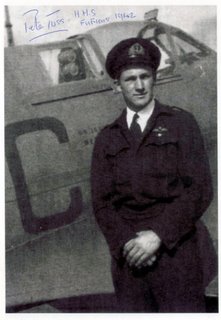










 Major General Fred J. Ascani was one of the "Men of Mach 1." As Executive of the Flight Test Division at Wright Field, Ohio, he was involved in selecting Chuck Yeager as the pilot to surpass Mach 1 in the X-1.
Major General Fred J. Ascani was one of the "Men of Mach 1." As Executive of the Flight Test Division at Wright Field, Ohio, he was involved in selecting Chuck Yeager as the pilot to surpass Mach 1 in the X-1.